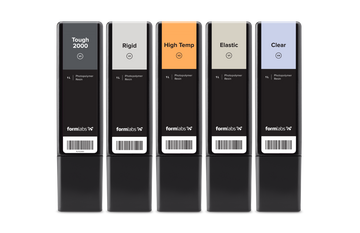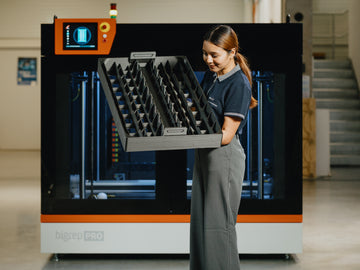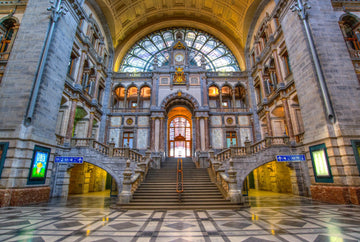If you're new to the world of 3D scanning and printing, you might be wondering what all the fuss is about. These technologies have the potential to revolutionize the way we create and manufacture objects, and have already found a wide range of applications in fields such as engineering, architecture, fashion, and product design. In this article, we'll provide a beginner's guide to 3D scanning and printing, covering the basics of how they work and the different types of scanners and printers available.
What is 3D scanning?
3D scanning is a process of capturing the shape and appearance of an object or environment in digital form. This is typically done using specialized hardware, such as a laser scanner or structured light scanner, which sends out a beam of light that is reflected off the surface of the object being scanned. The scanner measures the distance between the scanner and the object, and uses this information to create a 3D model of the object.
There are several types of 3D scanners available, each with its own strengths and limitations. Laser scanners are known for their accuracy and speed, but may have difficulty capturing fine details or transparent surfaces. Structured light scanners use a patterned light source, which is projected onto the surface of the object and captured by a camera. This can provide higher resolution scans, but may require multiple passes to capture the entire surface.
What is 3D printing?
3D printing, also known as additive manufacturing, is the process of creating a physical object from a digital model. This is done by laying down successive layers of material, such as plastic or metal, according to the instructions of the digital model. The object is built up layer by layer, allowing for the creation of highly detailed and complex shapes that would be difficult or impossible to achieve using traditional manufacturing methods.
There are several types of 3D printers available, each using different technologies and materials. Fused deposition modeling (FDM) printers use a nozzle to lay down layers of molten plastic, while stereolithography (SLA) printers use a laser to cure layers of liquid resin. Metal 3D printers use lasers or electron beams to melt and deposit layers of metal powder, allowing for the creation of metal parts with complex geometries.
Applications of 3D scanning and printing
3D scanning and printing have a wide range of applications, from prototyping and product development to conservation and restoration. In the engineering and manufacturing industries, 3D scanning and printing can be used to create prototypes and test parts for fit and function, reducing the need for physical prototypes and speeding up the development process. In the architecture and construction industries, 3D scanning and printing can be used to create detailed models of buildings and sites, as well as to fabricate custom building components on-site.
In the arts and fashion industries, 3D scanning and printing can be used to create unique and complex designs, as well as to replicate and preserve valuable objects. In the medical field, 3D printing is being used to create custom prosthetics, dental implants, and even human tissue.
Challenges and limitations of 3D scanning and printing
3D scanning and printing are not without their challenges and limitations. 3D scanners may have difficulty capturing certain types of surfaces, such as shiny or transparent materials, and may require multiple passes or special lighting to capture fine details. 3D printing can be time-consuming and expensive, and may be limited by the available materials and the size of the printer.
Additionally, there are ethical considerations surrounding the use of 3D scanning and printing, particularly in the conservation and restoration of cultural objects. Some argue that 3D scanning and printing can be a valuable tool





